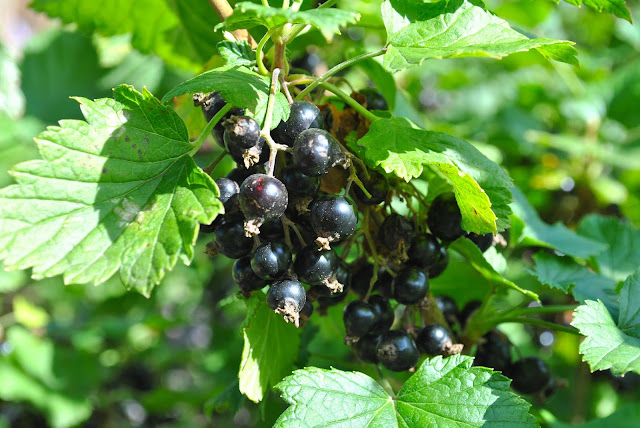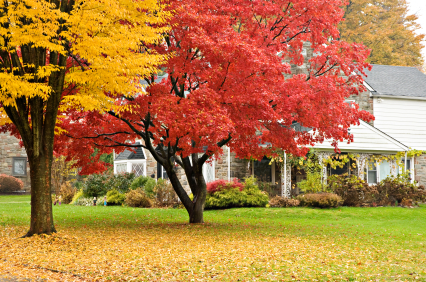Landscapingideas - Conscientious lawn care not only
creates a luxurious
carpet of grass, it is also your first and easiest line of defense against weeds, insects, disease
and other lawn problems. American homeowners take a great deal of pride in their yards, spending about $6.4 billion a year on lawn care, according to
the Professional Lawn Care Association of America [source: The Lawn Institute]. They buy seed, fertilizer, herbicide, lawnmowers, string trimmers, and other equipment in an effort to create the ideal lawn: a lush, green expanse of grass that feels cool between the toes.
Mowing seems simple enough, but each time you cut your grass you’re paving the way for your lawn’s success or failure. Mow correctly, and you’ll groom turf that’s healthy, drought-tolerant and thick enough to crowd out weeds. Mow incorrectly, and your lawn will struggle to survive. Time mowings so you’re never removing more than one-third of the total leaf surface (of a single grass blade) with each cutting. That's why we must know all the basics of lawn regular maintenance, including exactly what you need to do to keep your lawn healthy, and when you need to do it. Then you can
reduce the cost for lawn care and maintenance.
For example very important mowing of lawn tip is never to mow your lawn if
the grass is wet. It will cause negative effects like your mower getting
damaged and the lawn becoming messy. Mowing of lawn should be done only
when the turf is dry. Adopting the right lawn mowing techniques like
changing the mowing direction etc will surely help in achieving a
healthy and attractive lawn.
Understanding the type of grass you have and its peak growing season also will help you address lawn care tasks at the correct time.
Cool-season grasses
Include fescue, bluegrass, and rye can be planted as soon as the air temperatures get into the 60s and soil temperatures are in the 50s. Plant as soon as temperatures allow to give the seedlings a chance to get established before hot weather hits. Fall is a better time to plant cool-season grasses, so use spring planting for patching bare spots, and be prepared to keep your lawn well-watered during the summer.
Warm-season grasses
such as Zoysia, St. Augustine, centipede, and Bermuda can be planted when air temperatures are in the 70s, soil temperatures are in the 60s, and all danger of frost has passed. Late spring is the best time to plant warm-season grasses.
Lawn maintenance, such as fertilizing and mowing, needs to be done on a schedule. Trying to make up for lost time inevitably leads to lawn damage and problems such as fertilizer burn. Lawn care done in a timely fashion, and according to the timetable that is best for your particular species of grass, ultimately means less effort and trouble in the long run.












